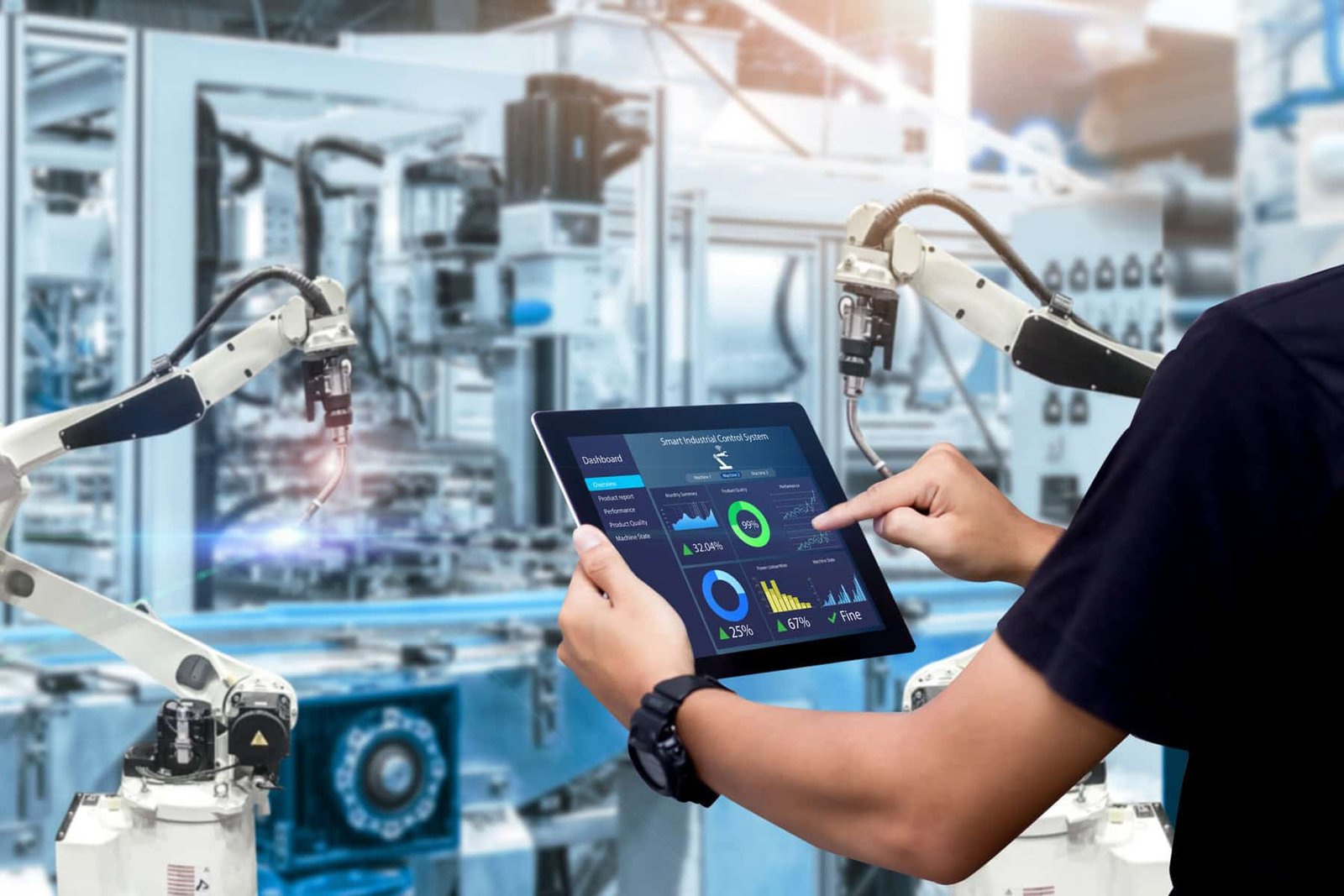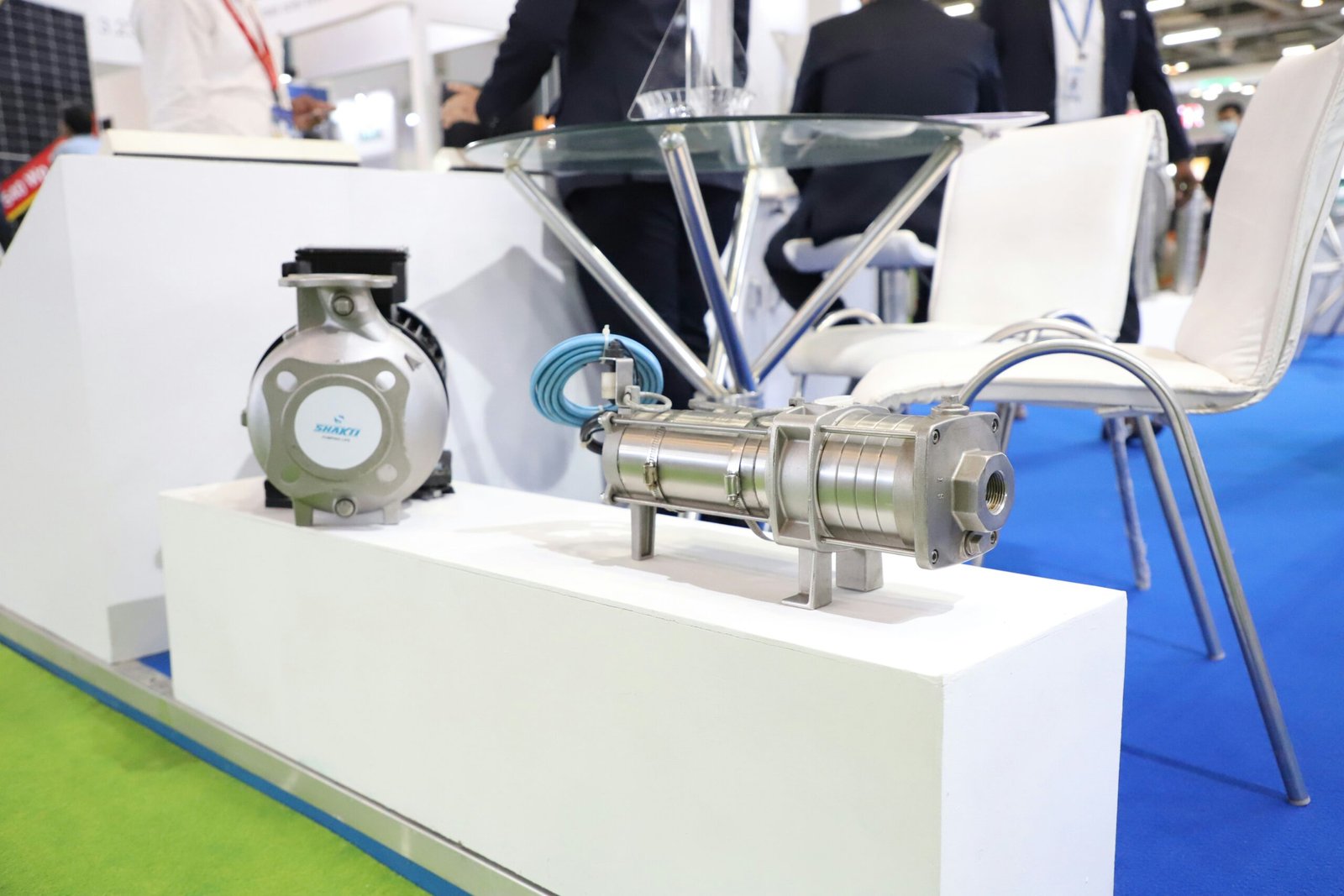Understanding Generative AI in Equipment Design
Generative AI, a subset of artificial intelligence, is revolutionizing the equipment design industry by introducing innovative methodologies that allow designers to create optimized solutions through computational processes. This technology utilizes algorithms that leverage existing data and design parameters, which enables the generation of a multitude of design alternatives in a fraction of the time required by traditional methods. At its core, generative AI mimics human creativity, analyzing patterns and applying logic to propose design iterations that meet specified criteria.
The generative design process begins with defining a set of objectives, constraints, and requirements for the equipment in question. Based on these inputs, the AI algorithms conduct simulations that evaluate various combinations of materials, shapes, and structures. Unlike traditional design approaches that often rely on the designer’s intuition and prior experience, generative AI employs systematic exploration of design spaces, resulting in unparalleled optimization. This method not only enhances creativity but also introduces efficiency across the design lifecycle.
Another significant benefit of generative AI in equipment design is its ability to optimize key design parameters such as material usage, weight reduction, and overall operational efficiency. For example, by conducting extensive simulations, generative algorithms can identify the least amount of material needed to maintain structural integrity while achieving the desired performance outcomes. This capability is particularly beneficial in industries such as aerospace and automotive, where reducing weight can lead to significant improvements in fuel efficiency and performance.
Moreover, generative design transcends conventional limitations by allowing for the exploration of biomimetic and complex geometries that are often difficult to conceptualize through traditional methods. As a result, generative AI not only enhances the capabilities of designers but also fosters innovation in product development, paving the way for future advancements within the equipment design industry.
Benefits of Implementing Generative AI
The integration of generative AI into equipment design offers a multitude of benefits that revolutionize traditional methodologies. One of the primary advantages is the enhancement of creativity in design solutions. Generative AI systems can analyze vast datasets and explore numerous design possibilities that may not have been considered by human designers. This leads to innovative and unconventional designs that optimize functionality and aesthetics, thereby pushing the boundaries of what is possible in equipment design.
Another significant benefit is the reduction in time-to-market for new products. With generative AI, design iterations can be completed rapidly, allowing for quicker evaluation and refinement. This agility in the design process enables companies to respond swiftly to market demands and launch products more efficiently. As a result, businesses can gain a competitive edge in increasingly fast-paced industries.
Cost savings also play a crucial role in the adoption of generative AI. By leveraging AI algorithms, companies can optimize resource usage, minimizing waste and maximizing efficiency. This resource optimization translates to lower production costs and increased profit margins. For example, various firms have reported reductions in material costs through generative design processes that suggest the most efficient use of materials without compromising the strength or durability of the equipment.
Improved sustainability initiatives are another compelling outcome of implementing generative AI. The ability to create designs that require fewer resources not only leads to cost savings but also contributes to environmentally friendly practices. Companies can design equipment that functions more effectively and sustainably, aligning with modern ecological standards and enhancing their reputation in the marketplace.
Real-world examples illustrate these benefits vividly. Organizations such as Boeing and General Motors have successfully harnessed generative AI to streamline their design processes, resulting in innovative products that deliver better performance while reducing expenditures. Through these applications, it is evident that generative AI provides transformative advantages to equipment design, facilitating a new wave of innovation.
Challenges and Limitations of Generative AI in Design
The integration of generative AI into equipment design has been transformative; however, it is not without its challenges and limitations. One significant hurdle faced by designers is the requirement for extensive data sets to effectively train AI models. Generative AI systems rely heavily on large volumes of high-quality data to learn patterns and generate viable designs. Without sufficient data, the models may produce suboptimal or inaccurate outputs, undermining the efficiency and effectiveness of the design process.
Moreover, the complexity of implementing generative AI solutions adds another layer of difficulty for design teams. The deployment of these sophisticated AI tools requires robust infrastructure and software capabilities that organizations may not readily possess. Consequently, the adoption of generative AI necessitates careful planning and investment, potentially deterring smaller firms or those with limited resources from leveraging this technology.
Another critical factor to consider is the skill set required to interpret AI-generated designs. Effective integration of generative AI in equipment design demands professionals who are not only adept in traditional design methodologies but also skilled in understanding AI outputs. This necessitates ongoing training and professional development, which may prove to be a significant investment for organizations. The risk of misinterpreting AI-generated designs can lead to inefficiencies or costly errors in the design process.
Furthermore, several ethical considerations arise when relying on AI for critical design decisions. The potential for over-reliance on generative AI may diminish human oversight, resulting in design choices that lack context-specific judgment or ethical considerations. Such a dependency can pose risks, particularly in industries where design outcomes impact safety and human welfare. Therefore, a balanced approach that incorporates human expertise alongside AI insights is paramount to navigating the challenges and limitations of generative AI in equipment design.
Future Trends in Generative AI and Equipment Design
The landscape of equipment design is poised for a significant transformation, driven by emerging trends in generative AI. As advancements in artificial intelligence technologies continue to accelerate, we can expect a profound impact on how equipment is conceptualized, designed, and manufactured. One noteworthy trend is the increasing integration of machine learning algorithms within the design processes. This development allows for more sophisticated analysis of design options, enabling engineers to identify optimal solutions based on real-world performance data gathered from IoT devices. Such integration not only streamlines the design process but also enhances the efficiency and functionality of the final products.
Moreover, the potential for real-time collaboration between human designers and AI systems is on the horizon. As generative AI systems become more capable of understanding design intent and human preferences, the collaboration will evolve to a point where AI can generate design alternatives instantaneously based on user feedback. This interactive environment fosters creativity and efficiency, as designers can explore multiple iterations in a fraction of the time it would traditionally take. Consequently, equipment designs will become more innovative and tailored to meet market demands.
As generative AI continues to shape the equipment design field, we can also anticipate changes in industry standards and workforce dynamics. Organizations will likely evolve their operational strategies to fully leverage generative AI, leading to new skill requirements for designers and engineers. Professionals will need to adapt to workflows that incorporate AI-generated designs and insights, fundamentally altering the traditional design paradigms. Ultimately, the integration of generative AI has the potential to revolutionize the design landscape, transforming not only how equipment is designed but also redefining the entire scope of the design industry.









